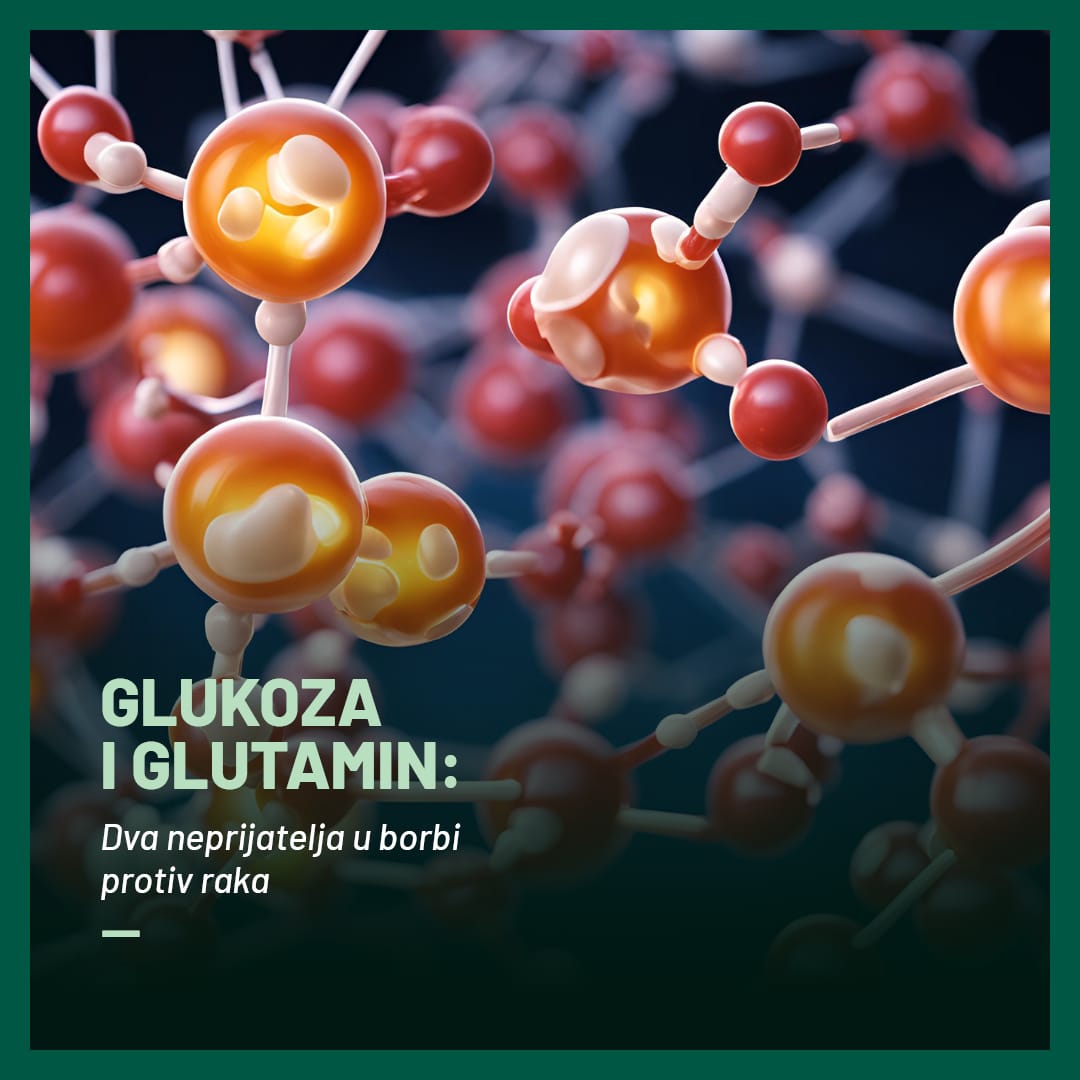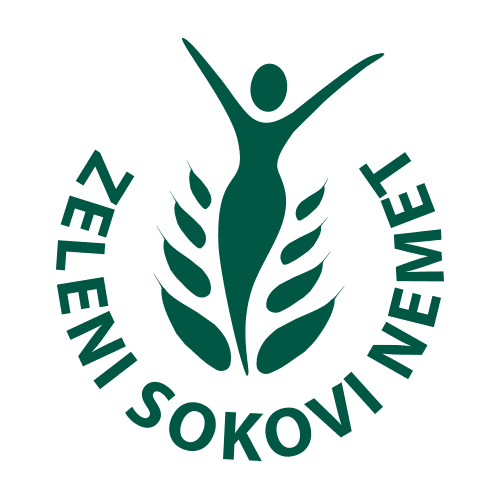Glucose and Glutamine: Two Enemies in the Fight against Cancer

Cancer remains one of the most challenging issues in modern healthcare, and research suggests that two essential
nutrients – glucose and glutamine – are key to understanding how tumor processes progress. This
text explores the role of glucose and glutamine in the metabolism of cancer cells, analyzing various studies,
statistics, and suggestions for prevention.
Metabolism of Cancer Cells
Cancer cells have unique metabolic characteristics that allow them to survive and
thrive in harsh conditions. Research has shown that many tumors rely on glucose as
their primary source of energy. This process, known as the Warburg effect, describes the tendency of cancer cells to
use anaerobic glycolysis (energy production without the presence of oxygen) even when oxygen
and other energy sources are available.
A study published in Nature (2015) indicates that a tumor can convert glucose into lactic
acid, which not only produces energy but also creates an acidic environment that can weaken
the body’s immune response. In this way, tumors manage to evade attacks from the immune system.
The Role of Glutamine
On the other hand, glutamine, which is an essential amino acid, plays a crucial role in the development and growth of cancer cells.
Cancer cells often have increased needs for glutamine, using it as a source of carbohydrates and
energy. Research published in Cell Metabolism (2014) shows that some types of tumors, including
lymphomas and breast cancers, rely on glutamine for nucleotide synthesis, which is crucial for their
proliferation.
Statistics and Research
According to the American Cancer Society, one-third of all cancer cases can be prevented
through proper lifestyle habits, including diet. Research examining the link between sugar-rich diets
and tumor development shows challenging intersections:
In short, a diet high in sugars can increase the risk of breast cancer by 25% according to data from
Harvard.
In the case of glutamine, there are findings suggesting that patients with higher levels of glutamine in their blood
had worse prognoses after diagnosis of certain types of tumors.
Prevention and Recommendations
Although glucose and glutamine are vital for human health, their excessive consumption or their
high concentrations in the body can exacerbate the differences between healthy and cancerous cells. Some
suggestions for prevention and control of intake of these nutrients include:
1. Choosing healthy carbohydrates: Focus on complex carbohydrates, such as whole
grains, fruits, and vegetables, instead of processed sugars and refined foods.
2. Reducing glutamine intake: Limiting protein intake from certain foods (e.g., dairy
products, soy, meat) can help control glutamine levels.
3. Physical activity: Regular exercise can help regulate metabolism and reduce the risk
of cancer. At least 150 minutes of moderate aerobic exercise per week is recommended.
4. Stress and health: Managing stress through meditation, yoga, or other techniques can improve
immune response and potentially reduce cancer risk.
5. Regular check-ups: Regular medical examinations and tests can help in early detection and
prevention of cancer, especially for those with a family history.
Conclusion
Glucose and glutamine represent two vital nutrients, but when in excessive quantities,
they can become enemies to our health. Taking these information into account in the context of prevention and
cancer management can help develop awareness and strategies that will contribute to a healthier future. Through
changes in diet, physical activity, and health awareness, we can fight against cancer and improve quality
of life.

